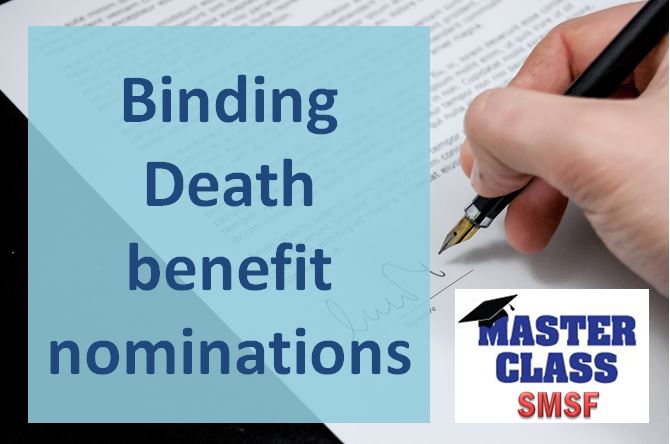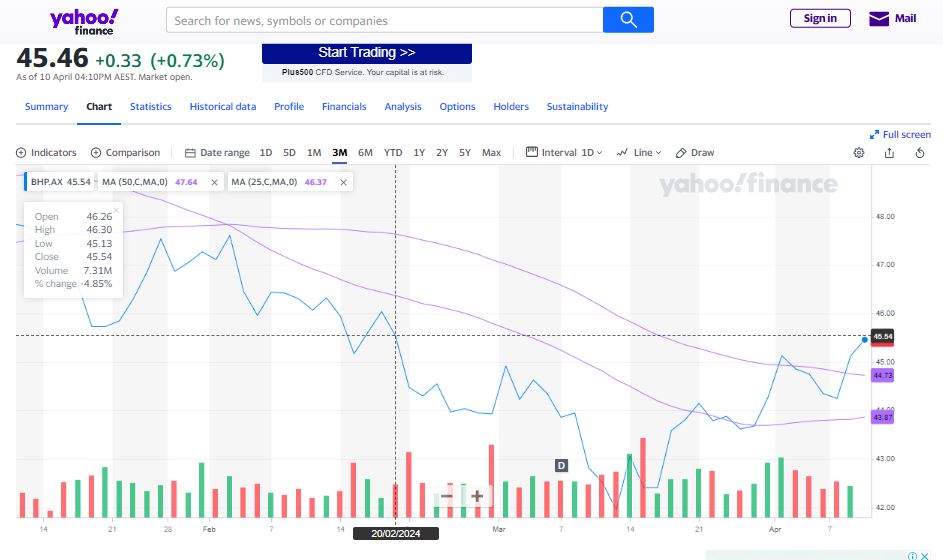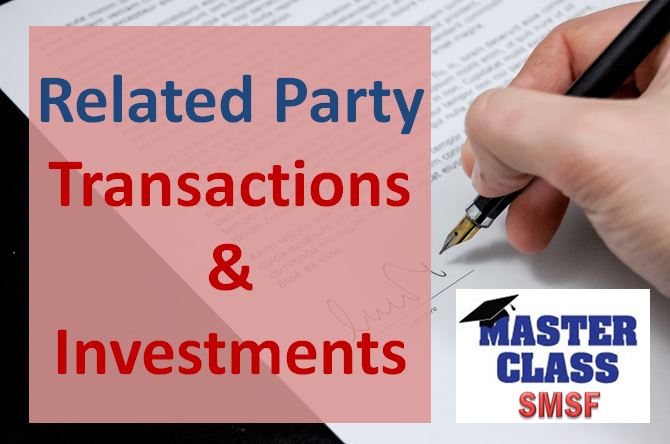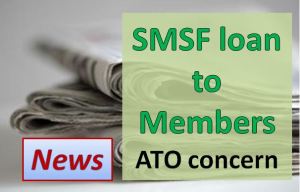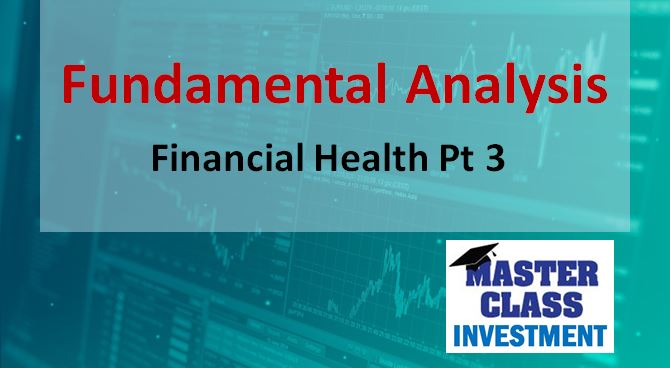
What you need to know – Superannuation Australia
Superannuation is an important part of the Australian retirement system. It is a way for workers to save money for their retirement and it is compulsory for most employees. Superannuation is also a tax-effective way to save for retirement, with contributions and earnings taxed at a lower rate than other forms of investment.
Understanding Superannuation is essential for anyone who wants to plan for their retirement. There are different types of super funds, such as industry funds, retail funds and self-managed super funds, each with its own benefits and drawbacks. Making contributions to your super fund is also an important part of building your retirement savings, and there are different options available, such as salary sacrificing and after-tax contributions.
Key Takeaways
- Understanding the different types of super funds is essential.
- Making contributions to your super fund is important for building your retirement savings.
- Superannuation is a tax-effective way to save for retirement.
Understanding Superannuation
What Is Superannuation?
Superannuation, or “super” for short, is a long-term investment that grows over time. It is a way of saving for retirement and is designed to provide you with an income stream when you stop working. Super is important because the more you save, the more money you will have for your retirement.
The Superannuation System in Australia
The Australian superannuation system is regulated by the Australian Taxation Office (ATO) and the Australian Securities and Investments Commission (ASIC). The Superannuation Guarantee (SG) is a compulsory system that requires employers to contribute a minimum of 11% of an employee’s earnings into a superannuation fund. This contribution will rise to 12% by 1 July 2025.
Superannuation funds can be managed by a range of entities, including industry funds, retail funds and self-managed super funds (SMSFs). Industry funds are typically run by unions or employer groups and are designed to benefit members of a particular industry. Retail funds are run by financial institutions and are open to the general public. SMSFs, on the other hand, are self-managed and are run by the members themselves.
Key Superannuation Terms
There are a number of key terms that are important to understand when it comes to superannuation. These include:
- Contribution: This refers to the money that is put into your superannuation fund. Contributions can be made by you, your employer or the government.
- Balance: This refers to the amount of money that you have in your superannuation fund.
- Investment Options: Superannuation funds offer a range of investment options, including high-growth, balanced and conservative options.
- Fees: Superannuation funds charge fees for managing your account. These can include administration fees, investment fees and insurance fees.
- Insurance: Many superannuation funds offer insurance, including life insurance, total and permanent disability insurance and income protection insurance.
Overall, superannuation is a crucial part of planning for retirement in Australia. Understanding the basics of how it works and the key terms involved can help you make informed decisions about your future.
Types of Super Funds – There are 4
When it comes to superannuation in Australia, there are several types of super funds that individuals can choose from. These include retail super funds, industry super funds, public sector super funds and self-managed super funds. Each of these super funds has its own unique features, benefits and drawbacks.
Retail Super Funds
Retail super funds are offered by financial institutions such as banks, insurance companies and investment companies. These funds are open to anyone and are designed to provide individuals with a range of investment options. Retail super funds can be structured as either accumulation funds or defined benefit funds.
Accumulation funds are the most common type of retail super fund. These funds allow members to accumulate savings over time through contributions made by their employer and/or themselves. The investment returns earned on these savings are reinvested back into the fund.
Defined benefit funds, on the other hand, guarantee members a specific retirement benefit based on a formula that takes into account factors such as salary and length of service. These funds are less common than accumulation funds and are typically offered to employees of large corporations.
Industry Super Funds
Industry super funds are designed for workers in specific industries, such as hospitality, construction or healthcare. These funds are run by industry associations and unions and are typically not-for-profit. Industry super funds are open to anyone, but certain funds may have eligibility requirements based on the industry or occupation of the member.
Industry super funds are generally structured as accumulation funds and offer a range of investment options. These funds are known for their low fees and strong investment returns.
Public Sector Super Funds
Public sector super funds are designed for employees of the federal or state government, as well as employees of certain government agencies. These funds are typically defined benefit funds, which means that members are guaranteed a specific retirement benefit based on a formula that takes into account factors such as salary and length of service.
Public sector super funds are known for their low fees and strong investment returns. These funds are generally not open to the general public.
Self-Managed Super Funds
Self-managed super funds (SMSFs) are managed by the members themselves, rather than by a financial institution or fund manager. SMSFs are typically used by individuals who want greater control over their superannuation investments and who have the time and expertise to manage their own investments.
SMSFs can invest in a wide range of assets, including shares, property and cash. However, they are subject to strict regulatory requirements and members must ensure that they comply with all relevant rules and regulations.
Overall, when choosing a super fund, it is important to consider factors such as fees, investment options, and performance. Individuals should also consider seeking professional advice before making a decision.
Making Contributions
Superannuation is a way to save for retirement and making contributions is an essential part of the process. There are several ways to contribute to your super fund, including employer contributions, personal contributions, salary sacrifice and government contributions.
Employer Contributions
Employers are required to make contributions to their employees’ super funds. This is known as the Superannuation Guarantee (SG) and is currently set at 11% (2024, rising each year 0.5% to 12%) of an employee’s ordinary time earnings. Employers are required to make SG payments at least quarterly and must also provide a Superannuation Guarantee Statement to their employees.
Personal Contributions
Personal contributions are amounts that individuals contribute directly to their super fund. There are two types of personal contributions: Concessional (before-tax) and non-concessional (after-tax). Concessional contributions are tax-deductible, and the contributions are taxed at a rate of 15% in the fund. Non-concessional contributions are not tax-deductible and there is no tax on the contributions.
Salary Sacrifice
Salary sacrifice is an arrangement where an individual agrees to have a portion of their pre-tax salary paid into their super fund. This can be an effective way to boost retirement savings as the contributions are taxed at the concessional rate of 15%.
Government Contributions
The government provides several types of contributions to help individuals save for retirement. The most common type of government contribution is the co-contribution, where the government matches personal contributions made by low to middle-income earners. The government also provides a Low Income Superannuation Tax Offset (LISTO) to help low-income earners save for retirement.
Overall, making contributions to a superannuation fund is an important part of planning for retirement. Individuals can make voluntary contributions, including concessional and non-concessional contributions and may also receive contributions from their employer and the government. It is important to understand the different types of contributions and their tax implications to make the most of your retirement savings.
Superannuation Benefits
Superannuation is a long-term investment that grows over time. It is a way of saving for retirement that provides many benefits to individuals in Australia. This section will cover some of the most important benefits of superannuation.
Preservation Age and Access
Access to superannuation benefits is restricted until the individual reaches their preservation age. Preservation age is the age at which a person can access their superannuation benefits. The preservation age varies depending on the individual’s date of birth. For individuals born before July 1, 1960, the preservation age is 55. For those born after June 30, 1964, the preservation age is 60. For those born between July 1, 1960, and June 30, 1964, the preservation age gradually increases.
Withdrawal Options
Superannuation benefits can be withdrawn in several ways. One option is to take a lump sum payment. Another option is to receive regular payments, either as a pension or annuity. A third option is to take a combination of both lump sum and regular payments. The choice of withdrawal option depends on the individual’s circumstances, including their retirement goals, financial situation and tax considerations.
Superannuation and Retirement Income
Superannuation provides a reliable source of retirement income. The amount of retirement income depends on the individual’s superannuation balance, the investment returns earned on that balance and the choice of withdrawal option. Superannuation income can be supplemented by other sources of retirement income, such as the Age Pension or other investments.
In order to receive superannuation benefits, certain conditions must be met. These conditions include meeting the preservation age, meeting a condition of release and being eligible to withdraw benefits. The conditions of release include retirement, permanent incapacity, terminal illness and severe financial hardship.
Overall, superannuation is an important investment tool for individuals in Australia. It provides many benefits, including access to retirement income and should be considered as part of any retirement planning strategy.

Investment Options and Performance
Superannuation is a crucial part of retirement planning for Australians and understanding the investment options and performance of their super fund is essential. The investment options available within super range from managed funds to listed equities, term deposits, bank accounts, SMAs, ETFs, MDAs, IMAs, listed property, unlisted property, direct property, unit trusts, private equity and everything in between.
Choosing Investment Options
Choosing the right investment option is an important decision that can significantly impact retirement savings. Conservative investment options typically have lower risk and lower return potential, while growth investment options have higher risk and higher return potential. Defensive assets such as cash and fixed interest investments are generally less risky than growth assets such as shares and property, but they typically offer lower returns over the long term.
Super funds typically offer a range of investment options with varying levels of risk and return potential. It’s important to consider personal circumstances, investment goals and risk tolerance when choosing an investment option. Some funds may also offer the option to mix and match investment options to create a diversified portfolio that aligns with individual goals and risk appetite.
Understanding Performance and Risks
Super fund investment performance is measured by the returns generated by the investment option over a specific period. Investment returns can be positive or negative and can vary significantly depending on market conditions and asset allocation. It’s important to understand the risks involved with each investment option, as higher returns often come with higher risk.
Super funds typically provide performance data for each investment option, including past returns, fees and risk profiles. It’s important to review this information regularly to ensure the investment option is still aligned with personal goals and risk tolerance.
In conclusion, choosing the right investment option and understanding investment performance and risks are critical to maximizing retirement savings. It’s important to consider personal circumstances, investment goals and risk tolerance when selecting an investment option and to regularly review performance data to ensure alignment with individual goals.
[1] Source: Superannuation Investment Options & Mix: How To Best Invest Your Super
Superannuation Fees and Taxes
Superannuation is an important aspect of retirement planning in Australia. It is essential to understand the fees and taxes associated with superannuation to make informed decisions about your retirement savings.
Types of Fees
Superannuation funds charge various fees for managing your retirement savings. These fees can include administration fees, investment fees and insurance fees. According to a study by Canstar, the average fees charged by super funds in Australia range between 0.91% and 1.21% of an account balance per year. It is important to compare different funds and their fees to ensure that you are not paying more than necessary.
Tax Implications
Contributions to superannuation are taxed differently than regular income. Before-tax contributions are generally taxed at 15%, while after-tax contributions are not taxed. The investment earnings on your super are also taxed at 15%. However, if you are 60 or older, your withdrawals are tax-free. If you withdraw your super before you turn 60, you may be subject to additional taxes.
It is important to understand the tax implications of your superannuation contributions and withdrawals to ensure that you are making the most of your retirement savings. Seeking professional advice can help you navigate the complex tax rules and make informed decisions about your superannuation.
Insurance Within Superannuation
Superannuation is not just about building a retirement nest egg. It also provides insurance cover to protect you and your family in case of unexpected events such as illness, injury, or death. Understanding how insurance within superannuation works can help you make informed decisions about your cover.
Types of Insurance Cover
There are three main types of insurance cover offered by most superannuation funds:
- Death cover: Pays a lump sum or regular income to your beneficiaries if you die or become terminally ill;
- Total and Permanent Disability (TPD) cover: Pays a lump sum if you become totally and permanently disabled and are unlikely to ever work again;
- Income Protection: Pays a regular income for a specified period if you are unable to work due to illness or injury.
The amount of cover you have and the cost of premiums will depend on your age, occupation, health, and other factors. It is important to review your insurance cover regularly to ensure it meets your needs.
Insurance Terms and Conditions
Insurance within superannuation comes with terms and conditions that you should be aware of. Some of the key terms include:
- Waiting period: The period of time you need to wait before you can make a claim;
- Exclusions: Certain events or conditions that are not covered by your insurance;
- Beneficiary: The person or people who will receive the benefit payout if you die;
- Premium: The amount you pay for your insurance cover;
- Automatic acceptance: Some superannuation funds offer automatic acceptance of insurance cover without the need for medical checks, up to a certain level of cover.
It is important to read and understand the terms and conditions of your insurance cover within superannuation to ensure you are fully protected. If you have any questions or concerns, speak to your superannuation fund or a financial adviser.
Managing Your Super
Managing your super is an important aspect of securing your financial future. It involves keeping track of your super account, consolidating super accounts and planning with a financial adviser.
Keeping Track of Your Super
It’s important to keep track of your super account to ensure that your employer is making regular contributions and that your balance is growing. You can do this by checking your super account statements or by logging into your account online. You will need your tax file number to access your super account online.
If you have lost track of your super accounts, you can use the ATO’s online services to find your lost super. This will help you consolidate your super accounts and avoid paying unnecessary fees.
Consolidating Super Accounts
Consolidating your super accounts can help you save money on fees and simplify your finances. You can do this by transferring your super balance from one account to another. Before you do this, it’s important to compare the fees and investment options of your super funds to ensure that you’re making the right decision.
Planning with a Financial Adviser
Planning with a financial adviser can help you make the most of your super and achieve your financial goals. A financial adviser can help you understand your investment options, manage your risk and plan for retirement. It’s important to choose a financial adviser who is licensed and qualified to provide financial advice.
In summary, managing your super involves keeping track of your super account, consolidating super accounts and planning with a financial adviser. By taking control of your super, you can secure your financial future and enjoy a comfortable retirement.
Frequently Asked Questions
How is superannuation calculated and what factors influence it?
Superannuation contributions are calculated as a percentage of an employee’s ordinary time earnings (OTE). As of 2024, the minimum contribution rate is 10% of OTE, but some employers may choose to contribute more.
The amount of superannuation an individual receives is influenced by several factors, including their age, income and the amount of time they have been contributing to their superannuation fund.
What are the benefits of contributing to superannuation in Australia?
Contributing to superannuation in Australia has several benefits, including:
- Tax advantages: Contributions to superannuation are taxed at a lower rate than most other forms of income, which means that individuals can save money on their taxes by contributing to their superannuation fund;
- Retirement income: Superannuation is designed to provide income in retirement, which means that individuals who contribute to their superannuation fund are more likely to have a comfortable retirement;
- Employer contributions: Most employers in Australia are required to contribute to their employees’ superannuation funds, which means that individuals can receive additional contributions to their superannuation fund without having to contribute any additional funds themselves.
What are the current superannuation contribution limits?
As of 2024, the concessional contribution cap is $27,500 per year, and the non-concessional contribution cap is $110,000 per year.
How can I access my superannuation funds and what are the conditions?
Individuals can access their superannuation funds when they reach their preservation age and retire or if they meet certain conditions of release, such as a terminal medical condition or severe financial hardship.
What should I consider when choosing a superannuation fund?
When choosing a superannuation fund, individuals should consider factors such as fees, investment options, performance and insurance options. It is recommended that individuals compare several superannuation funds before making a decision.
How does superannuation impact retirement planning?
Superannuation is an important part of retirement planning, as it is designed to provide income in retirement. Individuals who contribute to their superannuation fund throughout their working life are more likely to have a comfortable retirement. It is recommended that individuals regularly review their superannuation fund and retirement plan to ensure that they are on track to meet their retirement goals.
Interested to know what self-managed super (SMSF) is all about, and if it is for you?
See the slides SMSF Roadmap Overview.
If you want experts who have years of helping others, without the hype – then call for a FREE strategy session today and see how our Super-Connector Service assists you to find the right expert to answer your question – it’s FREE also!
No obligation. 0407 361 596, Paul.
Also get your FREE Expert Guide – Self-Managed Super and You – Top right hand side above.
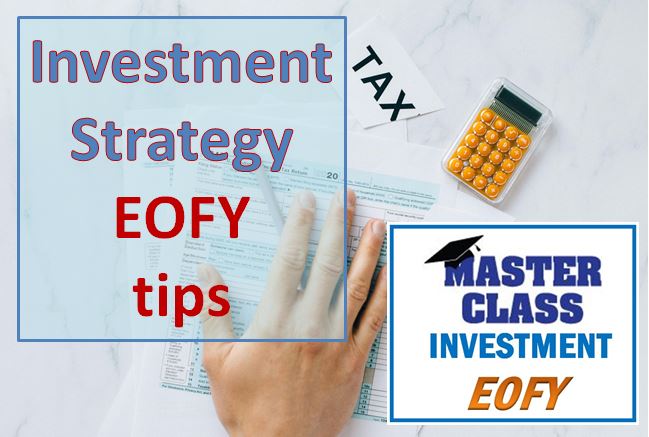
and need to be depreciated) – eg we had a tap that come loose at the base in the upstairs powder room, and a small water leak had developed under the sink. The water travelled to the downstairs study, and took weeks to show by a small stain in the roof plaster in the study. The tenant took weeks to tell us. We thought it was the shower in the ensuite directly above, but the plumber later found it was the powder room sink tap! Renovating the shower would costs several thousand – which was considered capital expense, fixing the tap, and roof plaster was directly deductable.


